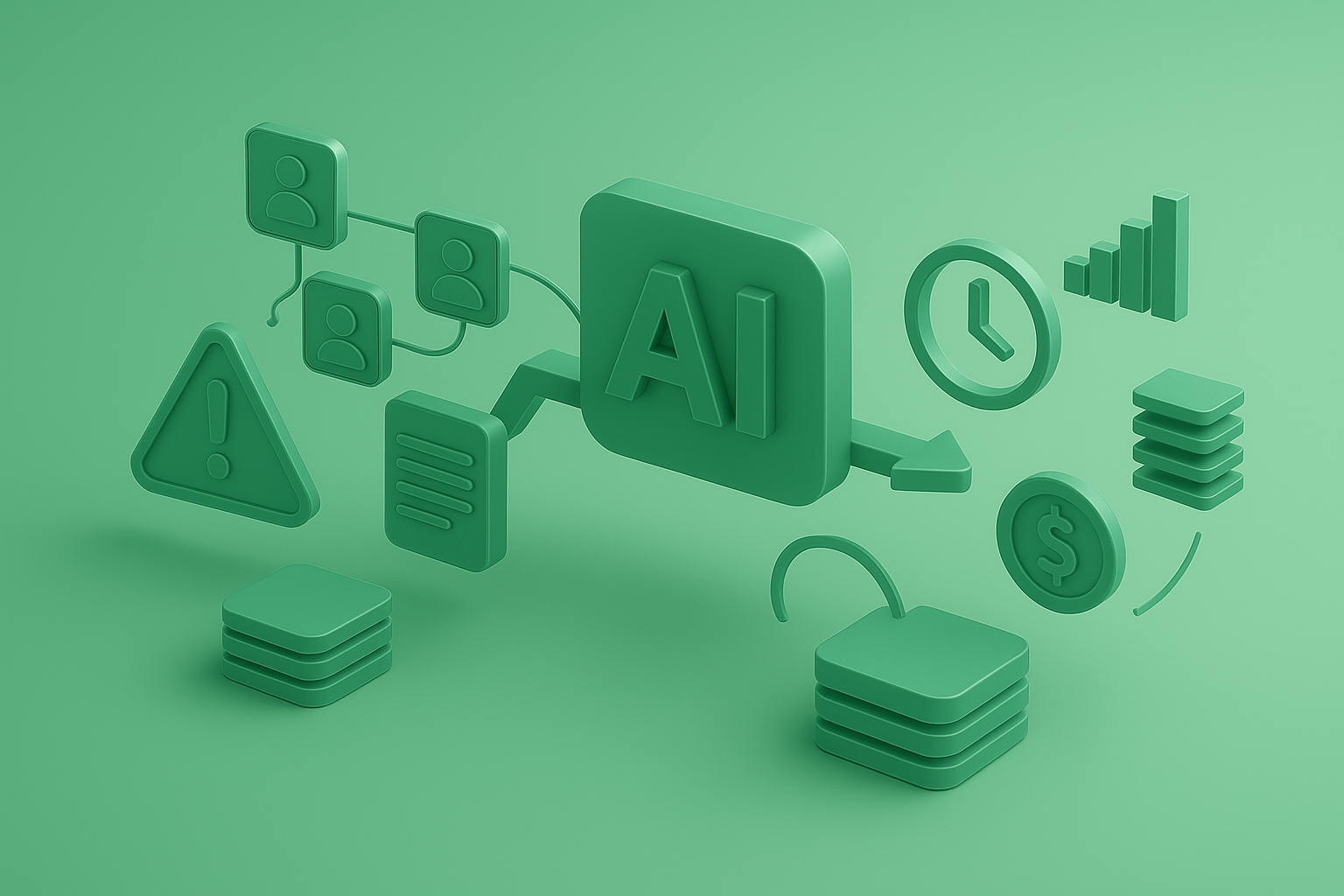The UX Factor: Why Procurement Platforms Fail Without Intuitive Design

Category
User Experience
Published Date
October 24, 2025
Reading Time
5 Min Read
Introduction: The Silent Killer of Procurement Efficiency
In theory, procurement platforms promise automation, compliance, and cost savings. Yet, in practice, many companies find themselves stuck in cycles of user frustration, low adoption, and persistent manual workarounds. The culprit is rarely a lack of features—it’s almost always poor user experience (UX).
While software vendors obsess over adding new capabilities, the most critical factor—how users interact with the platform—is often overlooked. This disconnect severely undermines procurement’s ability to deliver value, wasting investment, time, and potential.
Why UX in Procurement is Fundamentally Different
Unlike consumer apps, procurement platforms serve a diverse user base with varying expertise: procurement professionals, finance teams, suppliers, and business managers. Each user group has distinct goals and pain points. Yet these systems typically offer a one-size-fits-all, complex interface, designed more for functionality than usability.
Key factors that make UX a unique challenge in procurement:
- Multi-Stakeholder Complexity: Multiple internal and external users with different permissions, workflows, and objectives.
- Regulatory and Compliance Burden: Systems must enforce strict policies and audit trails, often at the expense of simplicity.
- Workflow Complexity: Multi-step approval processes, contract negotiations, and exception handling create inherent friction.
- High Data Volume: Suppliers, contracts, invoices, purchase orders, and performance metrics generate information overload.
The Real Costs of Neglecting UX in Procurement Platforms
1. Hidden Costs of Low Adoption
When users find a system difficult or time-consuming, they avoid it or work around it. This results in:
- Shadow Procurement: Business units revert to manual processes or rogue purchasing, bypassing controls.
- Data Integrity Issues: Incomplete or inaccurate data entry compromises analytics and decision-making.
- Increased Operational Risk: Lack of oversight leads to non-compliance, maverick spend, and supplier risks.
2. Efficiency Loss
Poor UX slows users down. Complex navigation, unclear status updates, and insufficient guidance cause:
- Delays in approvals and processing.
- Duplicate data entry and errors.
- Increased helpdesk tickets and training costs.
3. Supplier Relationship Erosion
Supplier portals are often the first point of interaction with vendors. A confusing or unreliable portal:
- Causes payment disputes and delays.
- Deters supplier engagement and innovation.
- Damages trust and long-term partnerships.
Beyond Aesthetics: What True UX Design Should Address in Procurement
Good UX is not about pretty interfaces—it’s about enabling users to perform their tasks with minimal friction and maximal clarity. This requires:
Task-Centric Design
Focus on user goals, not just software features. For example:
- Buyers want quick, error-free purchase requests.
- Finance teams need clear invoice reconciliation.
- Suppliers seek transparent payment tracking.
Cognitive Load Reduction
Procurement is information-heavy. UX should minimize cognitive overload by:
- Progressive disclosure (showing only necessary info at each step).
- Clear visual hierarchy and feedback.
- Automated validations and intelligent defaults.
Contextual Guidance
Users shouldn’t have to guess what to do next. Contextual tips, inline help, and dynamic prompts can prevent errors and speed workflows.
Flexibility With Control
Balancing the need for compliance with user flexibility is critical. Good UX supports exception handling gracefully without breaking rules.
The Role of Emerging Technologies in Enhancing UX
AI and Machine Learning
AI can anticipate user needs by:
- Auto-suggesting suppliers, products, or contract clauses.
- Predicting approval bottlenecks and flagging risks.
- Automating routine tasks, freeing users for strategic work.
Real-Time Analytics Dashboards
Instead of static reports, users benefit from dynamic dashboards that provide actionable insights, highlight exceptions, and track KPIs at a glance.
Mobile and Voice Interfaces
Empowering users on-the-go with mobile-friendly platforms and emerging voice assistants can dramatically improve engagement and responsiveness.
Why Procurement Leaders Must Prioritize UX
Investing in UX is not a luxury—it’s a strategic imperative. Organizations that prioritize user experience see:
- Higher platform adoption and compliance rates.
- Reduced manual workload and faster cycle times.
- Stronger supplier collaboration and innovation.
- Improved data accuracy for better decisions.
Failing to do so means continuing to wrestle with inefficient procurement processes that drain resources and undermine competitive advantage.
Conclusion: A Paradigm Shift is Needed
Procurement technology is evolving rapidly, but the human factor remains pivotal. The greatest procurement platform is worthless if users reject it or struggle to use it.
Organizations must shift from a feature-centric mindset to user-centric design thinking—investing in research, iterative testing, and ongoing refinement. The future of procurement success depends as much on intuitive design as it does on automation or analytics.





